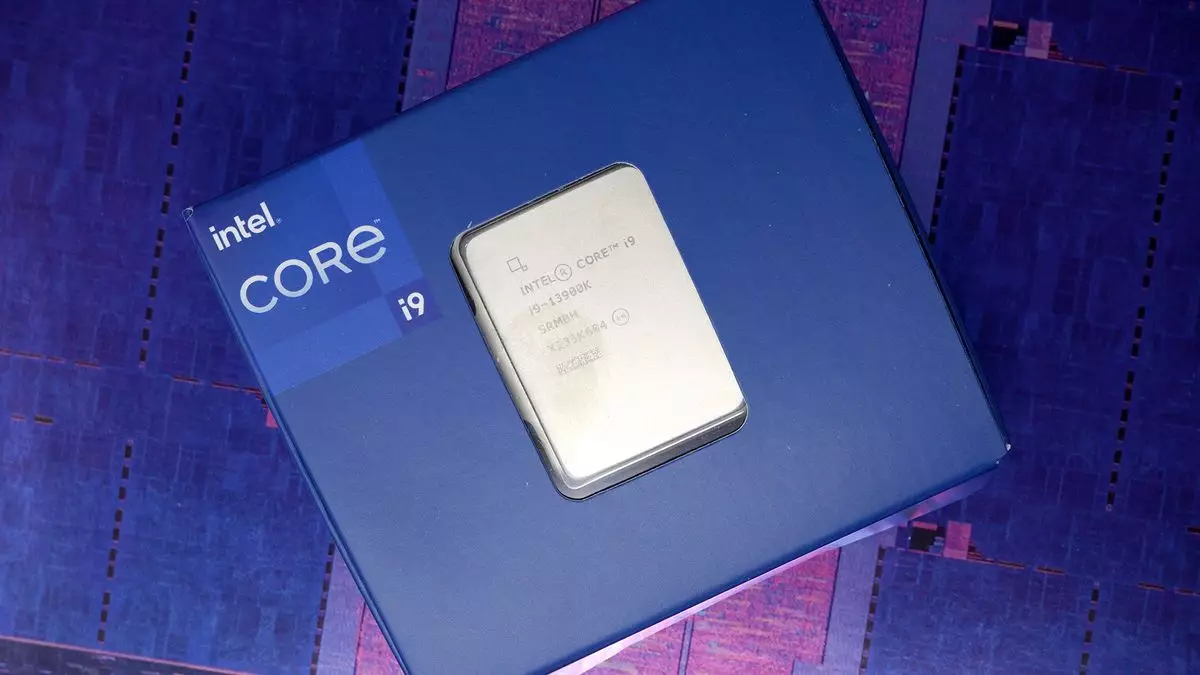In an age where consumerism and sustainability are often at odds, the issue of excessive packaging has come to the forefront. Many can relate to the frustration of ordering a simple gadget online, only to receive it encased in a vast cardboard box far larger than the item itself. This kind of unnecessary bulk has not only environmental implications but also contributes to the growing problem of electronic waste (e-waste). A recent online purchase, for example, of an ordinary eyebrow pencil showed just how absurd this practice can be when it arrived in a cumbersome box seemingly designed for larger items. Such excess packaging is a reflection of a broader trend in the tech industry, which often leans toward ostentatious packaging rather than practicality.
The EU’s Bold Step: New Packaging Regulation
Recognizing the pressing need to address these concerns, the European Union has taken a significant step forward with new regulations designed to streamline packaging practices. On February 11, the European Commission rolled out updated Packaging and Packaging Waste Regulation (PPWR), aiming to diminish the weight and volume of packaging waste throughout its member states. This initiative does not merely focus on aesthetics; it is a crucial element in the EU’s commitment to reducing waste, minimizing resource consumption, and combating climate change. The regulation comes with a monumental goal: by 2030, all packaging on the EU market must be recyclable in an economically feasible way, drawing a clear line in the sand against the prevalent wastefulness seen today.
A Shift Towards Greater Responsibility
This development raises important questions about the practices of manufacturers, especially in the realm of consumer electronics. Many tech companies traditionally package their products in bulky ways, often under the guise of protection or brand appeal. The packaging for CPUs, including lavish boxes filled with foam peanuts, has long sparked debate over its necessity. The PPWR compels manufacturers to reflect on their practices, challenging them to innovate in ways that reduce their environmental footprint without compromising consumer satisfaction. A significant aspect of this regulation is the implementation of an 18-month grace period, giving manufacturers the time needed to adapt to new standards. This pause is essential, as it allows companies to develop more responsible packaging solutions without incurring steep penalties.
While regulations are a critical step in mitigating waste, the role of consumers remains equally important. Individuals increasingly seek to make informed choices when purchasing new technology, which can exert pressure on companies to adopt sustainable practices. Consumers can avoid products excessively packaged in non-recyclable materials by supporting brands that prioritize sustainability. In essence, consumer demand can create a ripple effect, encouraging organizations to align their practices with the values of a more eco-conscious society.
As we look ahead, the implications of the PPWR promise to instigate a necessary transformation within the electronics industry. While there may be fears that the regulation could limit the inclusion of helpful accessories, such as bundled coolers, responsible redesign can lead to compact yet functional packaging solutions. The aim is to find a balance between usability and sustainability; after all, a thoughtfully designed package can protect essential components while minimizing waste.
Ultimately, the EU’s updated regulations represent a small but mighty shift toward a cleaner future. They signal to consumers and manufacturers alike that the time to rethink packaging practices has arrived. The push for less wasteful, more innovative designs can transform the landscape of consumer electronics, leading to a greener planet marked by reduced e-waste and a collective commitment to sustainable living. In doing so, this regulation not only addresses the present concerns of over-packaging but also sets a precedent for future generations to follow.

